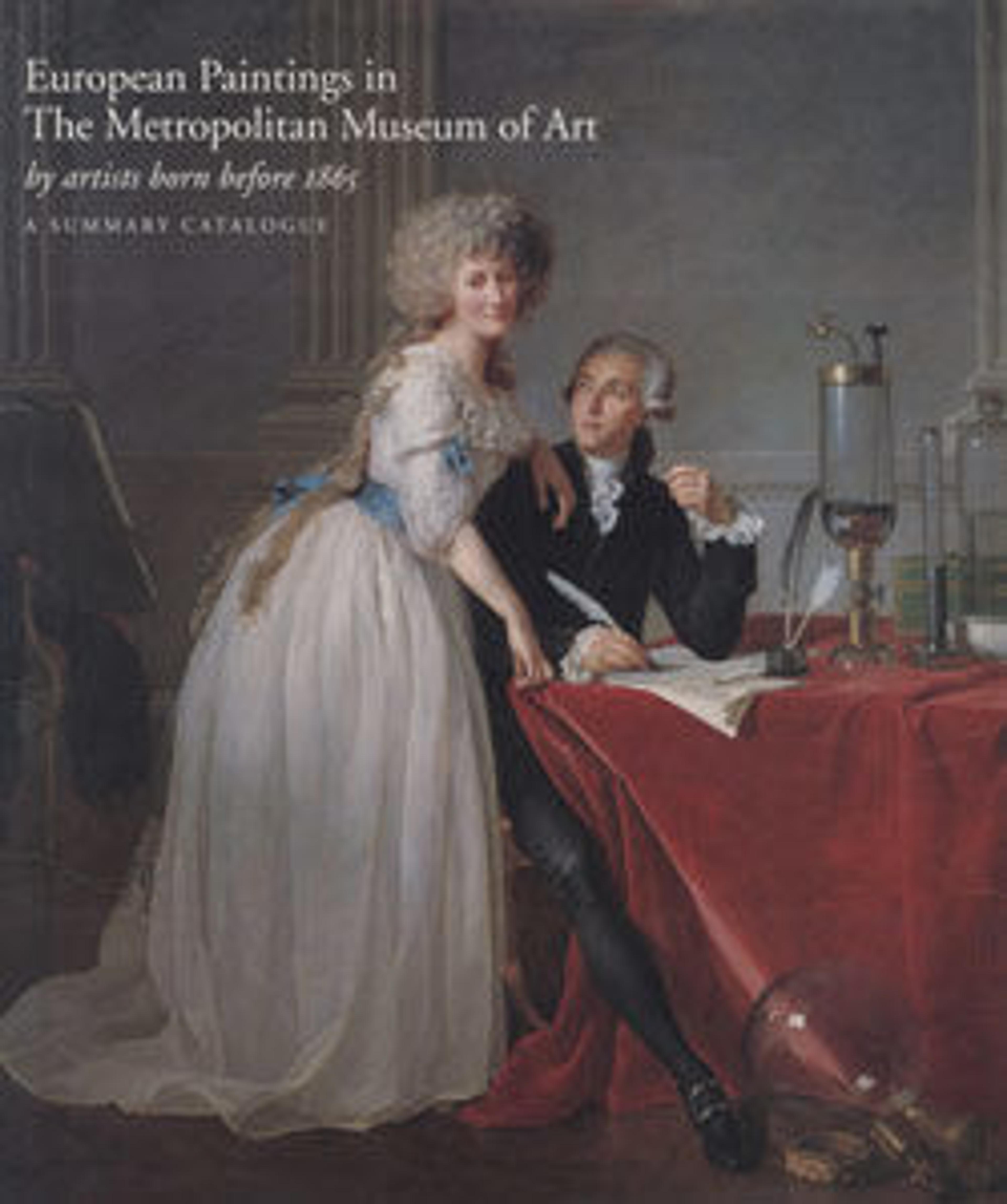Portrait of a Man in a Fur-Trimmed Coat
The sitter of this handsome portrait has his right hand placed below his heart, suggesting the content of the letter he has evidently just finished reading. Although the artist remains unnamed, he must have been familiar with the work of Venetian painters such as Lorenzo Lotto (ca. 1480–1556), who spent time in the north Italian city of Bergamo.
Artwork Details
- Title:Portrait of a Man in a Fur-Trimmed Coat
- Artist:Italian (Lombard) Painter (ca. 1540)
- Medium:Oil on canvas
- Dimensions:38 3/8 x 29 1/2 in. (97.5 x 74.9 cm)
- Classification:Paintings
- Credit Line:Marquand Collection, Gift of Henry G. Marquand, 1890
- Object Number:91.26.2
- Curatorial Department: European Paintings
More Artwork
Research Resources
The Met provides unparalleled resources for research and welcomes an international community of students and scholars. The Met's Open Access API is where creators and researchers can connect to the The Met collection. Open Access data and public domain images are available for unrestricted commercial and noncommercial use without permission or fee.
To request images under copyright and other restrictions, please use this Image Request form.
Feedback
We continue to research and examine historical and cultural context for objects in The Met collection. If you have comments or questions about this object record, please contact us using the form below. The Museum looks forward to receiving your comments.
